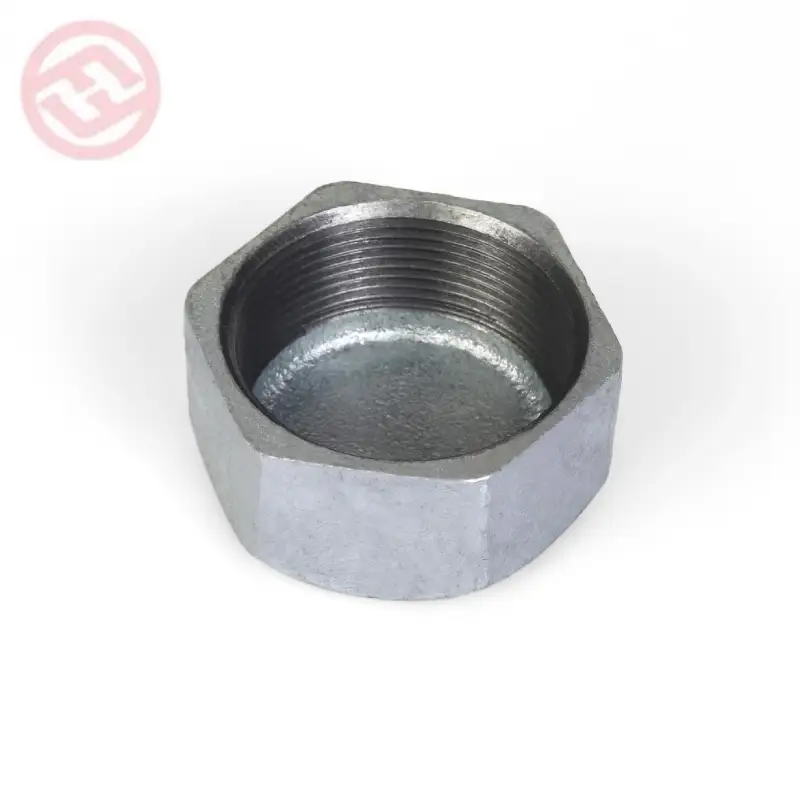How to seal threaded pvc pipe fittings? Actually, sealing threaded water pipes using PVC pipe fittings is a straightforward process that requires careful attention to detail. By selecting the right fittings, preparing the threaded water pipe correctly, and employing proper sealing techniques, you can achieve a secure and leak-free connection. Remember to test and inspect the connection for any signs of leakage and make adjustments as necessary.
Selecting the Right PVC Pipe Fittings

Before you begin sealing threaded water pipes, it’s essential to choose the appropriate seal threaded pvc pipe fittings. Consider the following factors:
Material: Ensure that the PVC pipe fittings you select are designed for use with water pipes. Look for fittings specifically labeled for water applications to ensure compatibility and durability.
Size: Accurately measure the diameter of the threaded water pipe to determine the correct size of PVC pipe fittings needed. Select fittings that match the pipe’s diameter to ensure a proper fit and prevent leaks.
Type: Common types of PVC pipe fittings used for threaded connections include couplings, elbows, tees, and adapters. Choose the fitting type that suits your specific plumbing configuration and requirements.
Preparing the Threaded Water Pipe
Proper preparation of the threaded water pipe is essential for achieving a secure and leak-free connection. Follow these steps:
Clean the Threads: Use a wire brush or appropriate cleaning tool to remove any dirt, debris, or old sealing material from the threads of the water pipe. Clean threads ensure optimal contact and sealing.
Apply Thread Sealant Tape: Wrap the threads of the water pipe with thread sealant tape in a clockwise direction. Ensure that the tape covers the entire threaded area, overlapping each wrap slightly. This tape creates a watertight seal and helps prevent leaks.
Thread Compatibility: Ensure that the PVC pipe fittings you have chosen have compatible threads with the water pipe. Threads should match in terms of size, pitch, and type (e.g., tapered or straight).
Sealing the Threaded Connection
Achieving a secure and leak-free seal requires proper sealing techniques. Follow these steps to best way to seal threaded water pipes using PVC pipe fittings:
Apply PVC Cement: Before connecting the PVC pipe fitting to the threaded water pipe, apply a liberal amount of PVC cement to the inside of the fitting. Ensure that the cement covers all surfaces that will come into contact with the pipe.
Insert the Pipe: Insert the threaded end of the water pipe into the PVC fitting, making sure it reaches the bottom of the fitting. Rotate the fitting slightly to evenly distribute the cement and ensure a proper connection.
Tighten the Fitting: Using an appropriate wrench or tool, carefully tighten the PVC pipe fitting onto the threaded water pipe. Avoid overtightening, as it can damage the components or cause the fitting to crack.
Allow for Curing Time: Follow the manufacturer’s instructions regarding the curing time for the PVC cement. Typically, it takes several hours for the cement to fully cure and create a strong, watertight bond.
Testing and Inspection
Once the PVC pipe fitting is sealed onto the threaded water pipe, it is essential to test and inspect the connection to ensure its integrity. Follow these steps:
Turn on the Water: Gradually turn on the water supply to the newly connected threaded water pipe. Monitor the connection closely for any signs of leakage.
Check for Leaks: Inspect the connection and surrounding areas for any signs of water leakage. Pay close attention to joints, fittings, and the threaded area of the water pipe. If a leak is detected, take appropriate measures to rectify it.
Recheck Tightness: After verifying there are no leaks, check the tightness of the PVC pipe fitting. Ensure that it remains secure but avoid excessive force that may cause damage.
